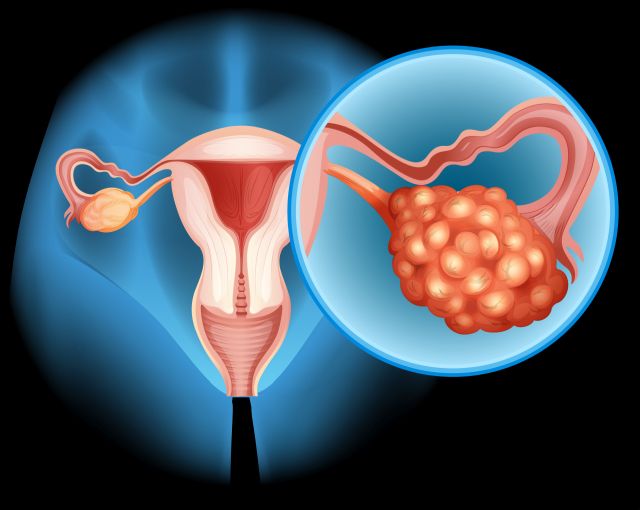
What is the Rudimentary Horn of Uterus?
A rudimentary horn of the uterus, also known as a uterine horn anomaly, is a congenital malformation characterized by the presence of a small, rudimentary horn-like structure connected to the main body of the uterus. This condition occurs due to incomplete development of one side of the Müllerian duct system during fetal development, resulting in the formation of an underdeveloped horn-like structure.
How is the Rudimentary Horn of the Uterus diagnosed?
The rudimentary horn of the uterus is typically diagnosed during adolescence or early adulthood when a pelvic examination, ultrasound, or other imaging studies reveal the presence of an abnormal uterine structure. Diagnostic tests may also include magnetic resonance imaging (MRI) or hysterosalpingography (HSG) to further evaluate the uterine anatomy and any associated abnormalities.
What are the causes of the Rudimentary Horn of Uterus?
The rudimentary horn of the uterus is thought to result from incomplete fusion of the Müllerian ducts during fetal development. The Müllerian ducts are embryonic structures that give rise to the female reproductive organs, including the uterus, cervix, fallopian tubes, and upper two-thirds of the vagina. Disruptions in the development of these structures can lead to the formation of a rudimentary horn-like structure.
What are the treatment options for the Rudimentary Horn of Uterus?
Treatment for the rudimentary horn of the uterus depends on individual factors such as the presence of symptoms, associated abnormalities, and the patient's reproductive goals. In many cases, no treatment is necessary, especially if the condition is asymptomatic and does not interfere with reproductive function. However, surgical intervention may be considered in cases where the rudimentary horn is associated with symptoms such as pelvic pain, menstrual abnormalities, or reproductive difficulties.
What is the prognosis for individuals with a Rudimentary Horn of Uterus?
The prognosis for individuals with the rudimentary horn of the uterus depends on various factors, including the presence of associated abnormalities, the severity of symptoms, and the success of treatment interventions. With appropriate medical and surgical management, many individuals with rudimentary horns of the uterus can achieve satisfactory outcomes and lead healthy, fulfilling lives. Regular follow-up with a healthcare provider is important to monitor for any potential complications or reproductive concerns.
What is the procedure after surgery?
Rest and Limit Activity: Avoid strenuous activities, heavy lifting, and vigorous exercise for the recommended period.
Keep the Area Clean: Clean the surgical area with water and mild soap as your surgeon directs. Pat the area dry with a clean towel, and avoid rubbing or scrubbing.
Take Prescribed Medications: Take any prescribed pain medications, antibiotics, or other medications as instructed by your surgeon to manage pain and prevent infection.
Avoid Sexual Activity: Refrain from sexual intercourse and other sexual activities until your surgeon advises it is safe to do so. Depending on individual healing, this typically takes several weeks to a month or more.
Wear Loose Clothing: Wear loose-fitting clothing, preferably cotton underwear, to minimize friction and promote airflow to the surgical area.
Attend Follow-Up Appointments: Keep all scheduled follow-up appointments with your surgeon to monitor your healing progress and address any concerns or complications promptly.
Avoid Tampons and Menstrual Cups: Refrain from using tampons and menstrual cups during your recovery period to prevent irritation and infection.
Stay Hydrated and Eat Nutritious Foods: Drink plenty of water and eat a balanced diet rich in vitamins and nutrients to support healing and boost your immune system.
Why Choose Samarpan Hospital for the Treatment of the Rudimentary Horn of Uterus?
Samarpan Hospital in Hisar, Haryana, is a trusted provider of comprehensive gynecological and reproductive health care for individuals with congenital reproductive anomalies such as the rudimentary horn of the uterus. Our team of skilled gynecologists, reproductive surgeons, and specialists has extensive experience in diagnosing and treating complex reproductive conditions, ensuring personalized care and optimal outcomes for each patient. With state-of-the-art facilities and a patient-centered approach, Samarpan Hospital is committed to delivering compassionate care and helping individuals with rudimentary horns of the uterus achieve their reproductive and fertility goals.